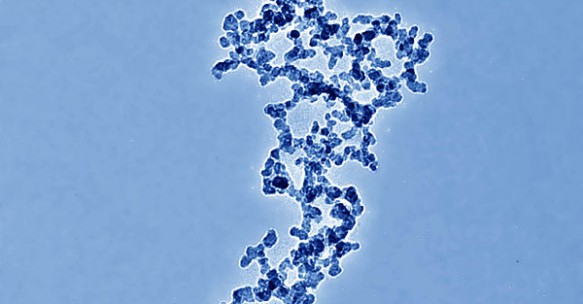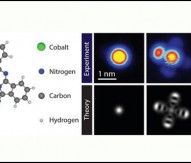
Nanoengineering to design drugs by light
Researchers at IRB Barcelona and the Institute for Bioengineering of Catalonia (IBEC) have achieved a process by which photo-switchable molecules can control protein-protein interactions in a remote and non-invasive manner. The tools will serve as a prototype to develop photo-switchable drugs, whose effects would be limited to a given region and time, thus reducing the side effects on other regions.
The investigation is a result of the ‘OpticalBullet’ European project which is funded by the European Research Council. The breakthrough favours the development of light-regulated therapeutic molecules.
The project has synthesised two peptides (small proteins), which, on irradiation with light, change shape, thereby allowing or preventing an specific protein-protein interaction. The association of these two proteins is required for endocytosis, a process by which cells allow molecules to cross the cell membrane and enter.
“Photo-sensitive peptides act like traffic lights and can be made to give a green or red light for cell endocytosis. They are powerful tools for cell biology,” explains IRB Barcelona group leader Dr Ernest Giralt. “These molecules allow us to use focalised light like a magic wand to control biological processes and to study them,” adds the IBEC group leader Pau Gorostiza.
The researchers highlight the immediate applicability of these molecules in vitro endocytosis in cancer cells which would allow selective inhibition of the proliferation of these cells.
“In view of the results, we are now working towards a general recipe to design photo-switchable inhibitory peptides that can be used to manipulate other protein-protein interactions inside cells by applying light,” explain the researchers.
The paper is published in German journal Angewandte.






